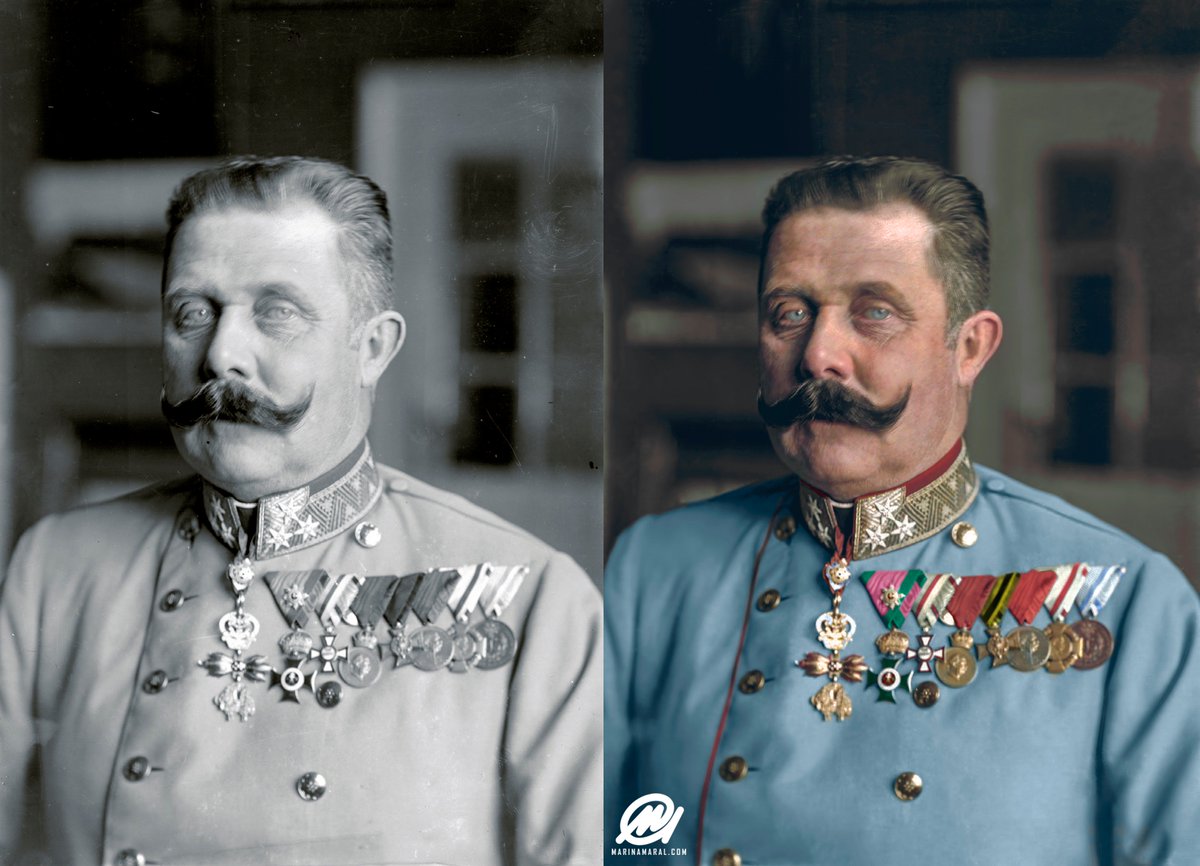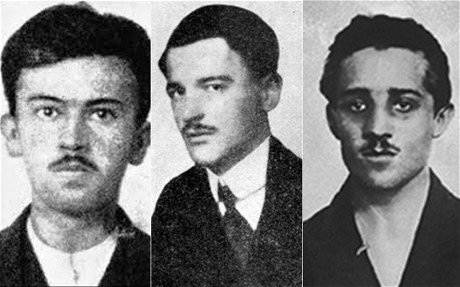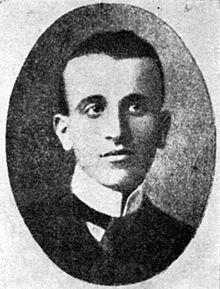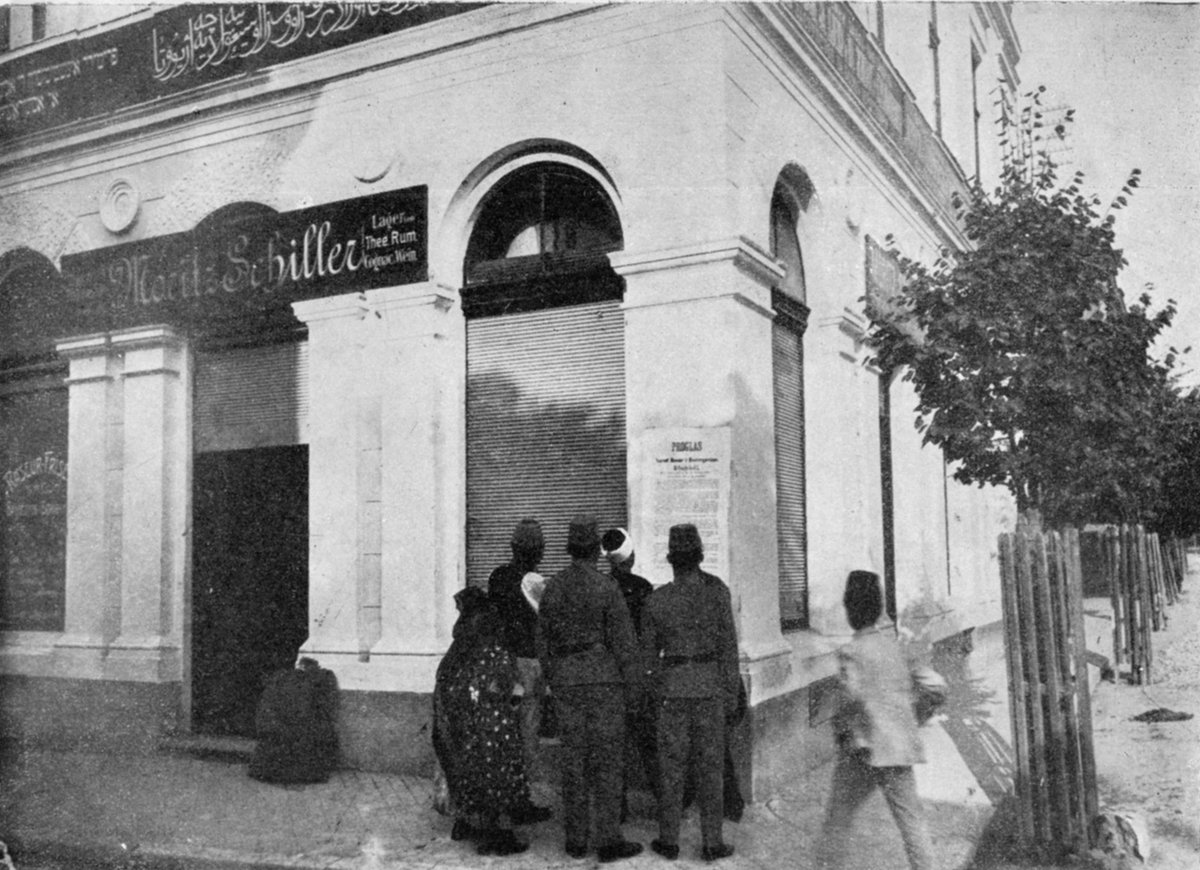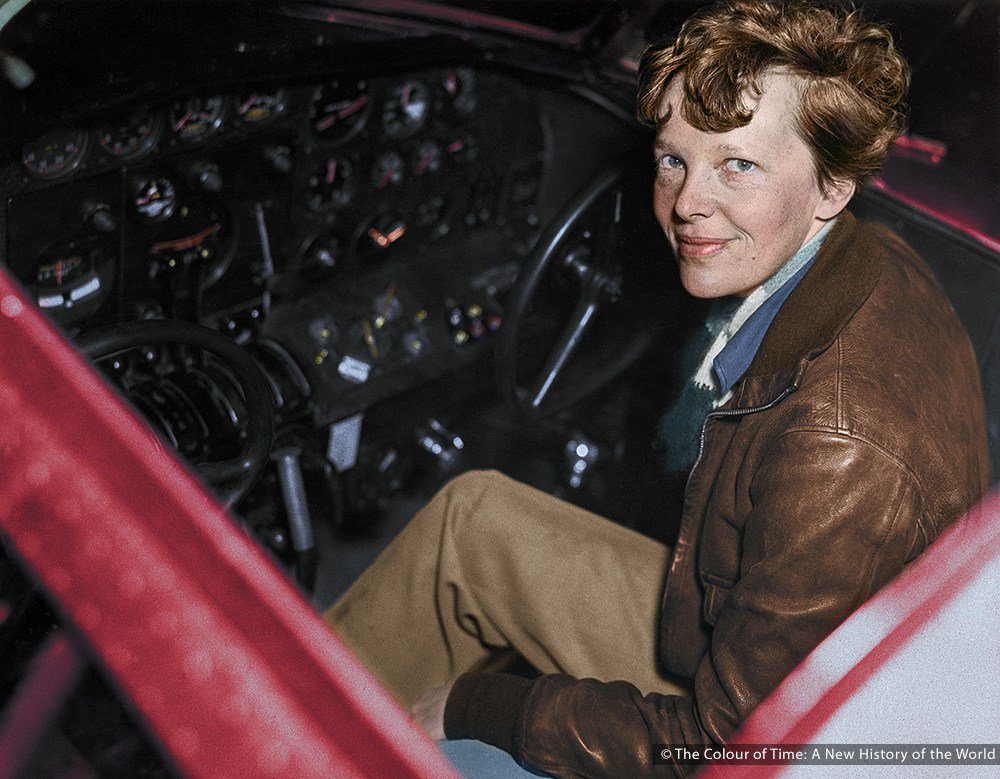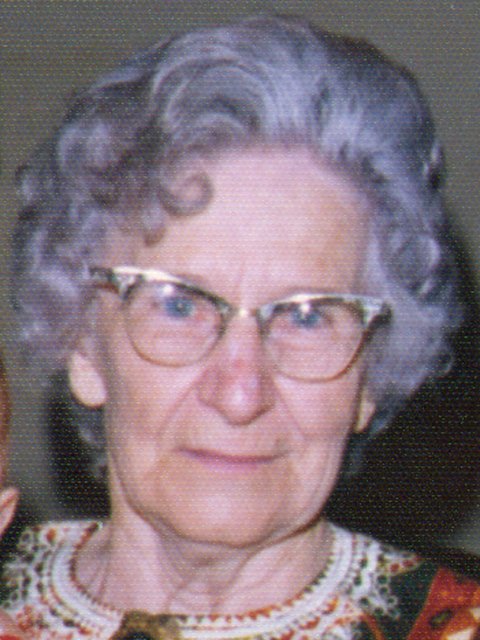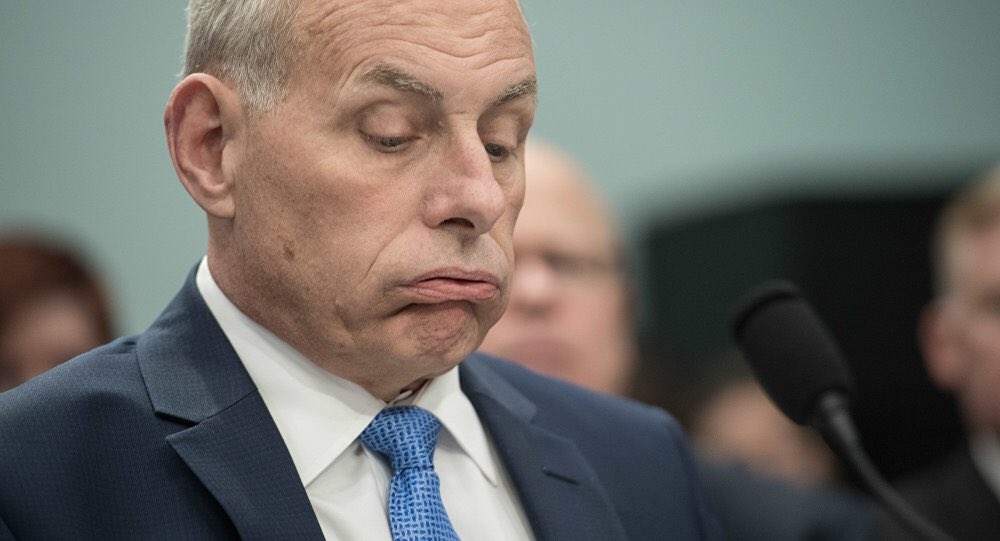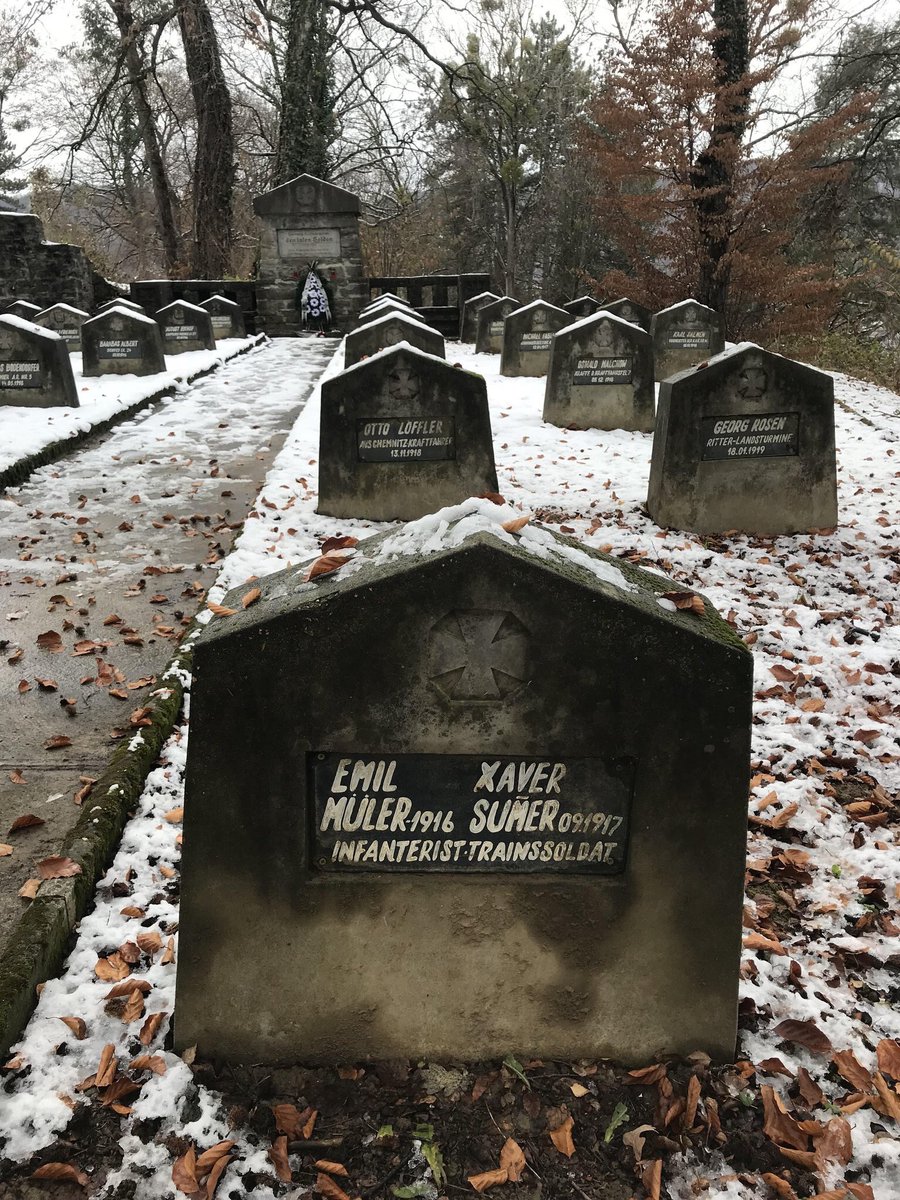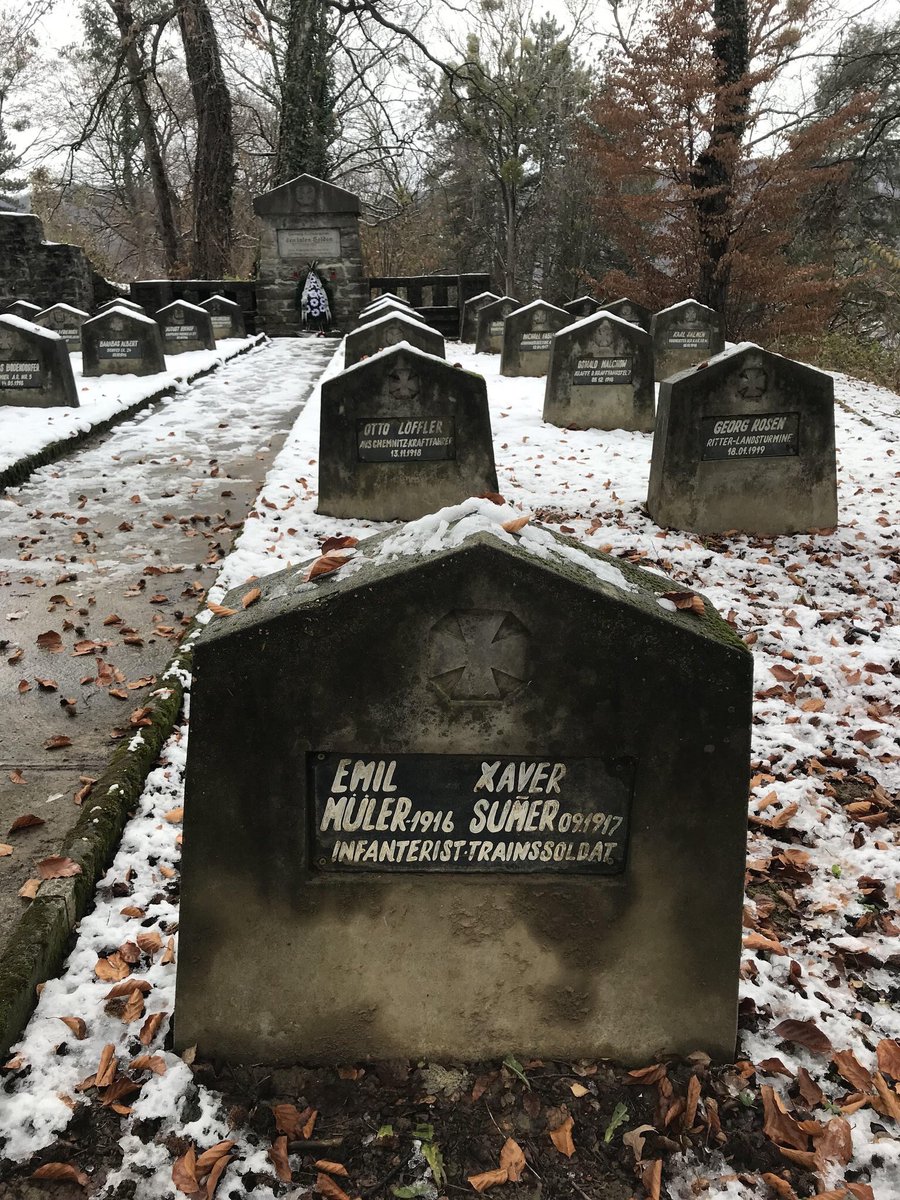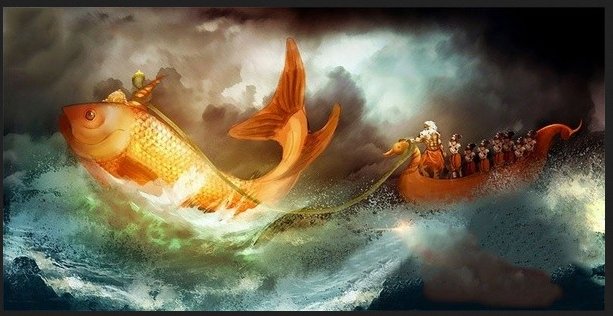On 26 March 1914, Ilić informed Mehmedbašić that Belgrade had scrapped the mission to kill the governor.
When Emperor Franz Joseph's health recovered the operation was a "go" again.
Čabrinović's father was a Sarajevo police official. In Tuzla, Čabrinović bumped into one of his father's friends, Sarajevo Police Detective Ivan Vila, and...
Driver Lojka stopped the car close to where Princip was standing, prior to backing up.
As reported by Count Harrach, Franz Ferdinand's last words were "Sophie, Sophie! Don't die! Live for our children!"














